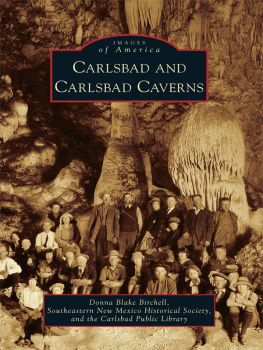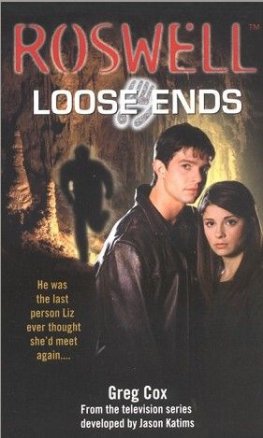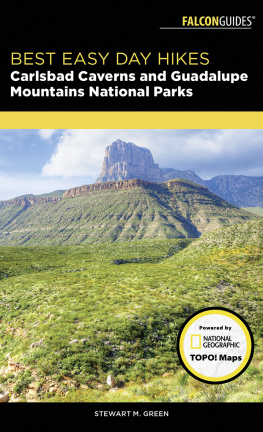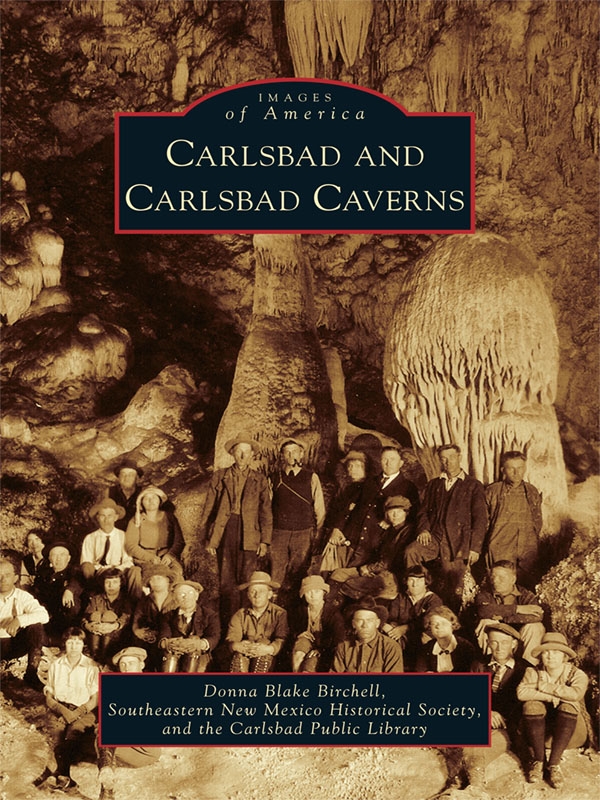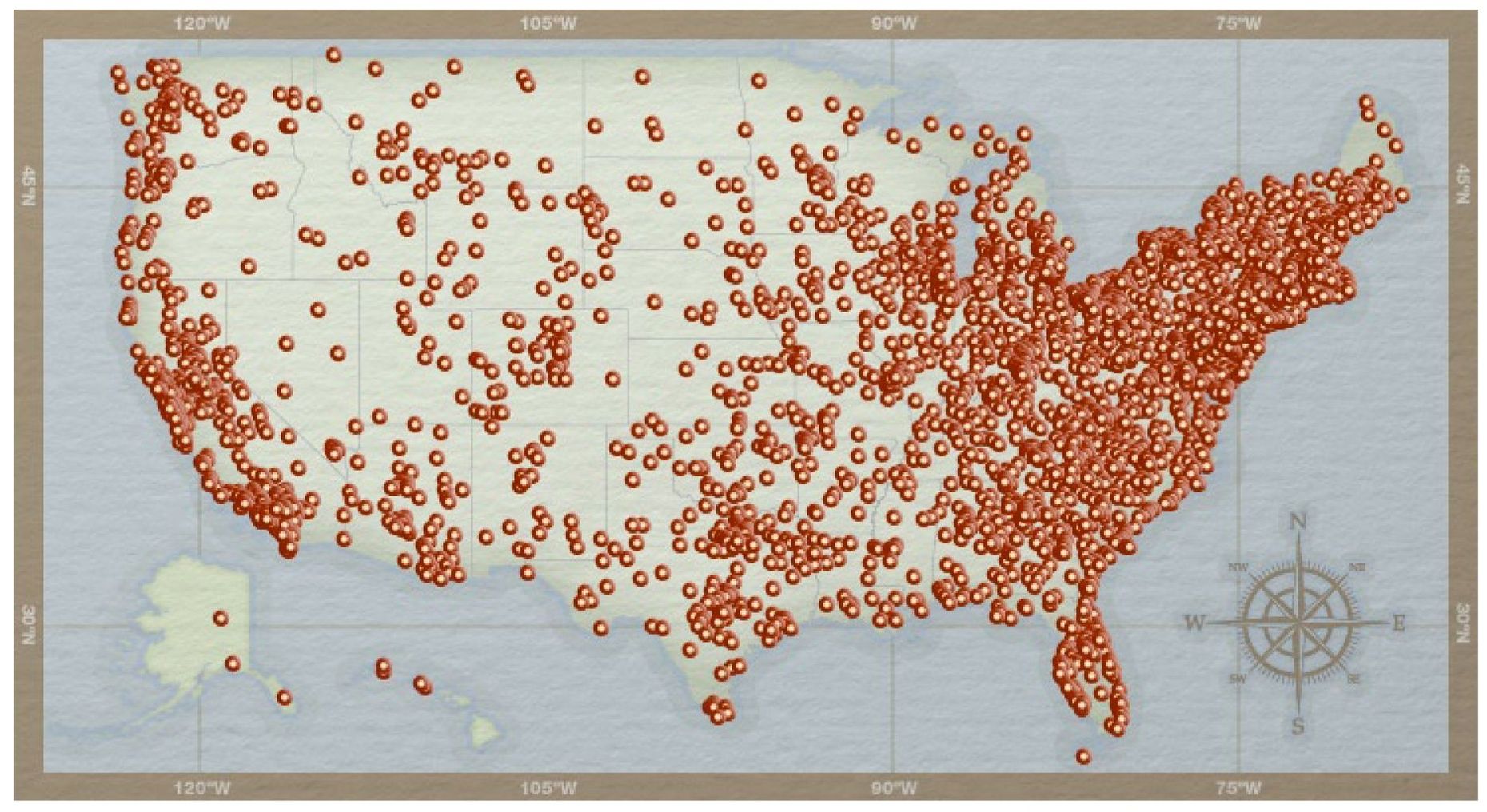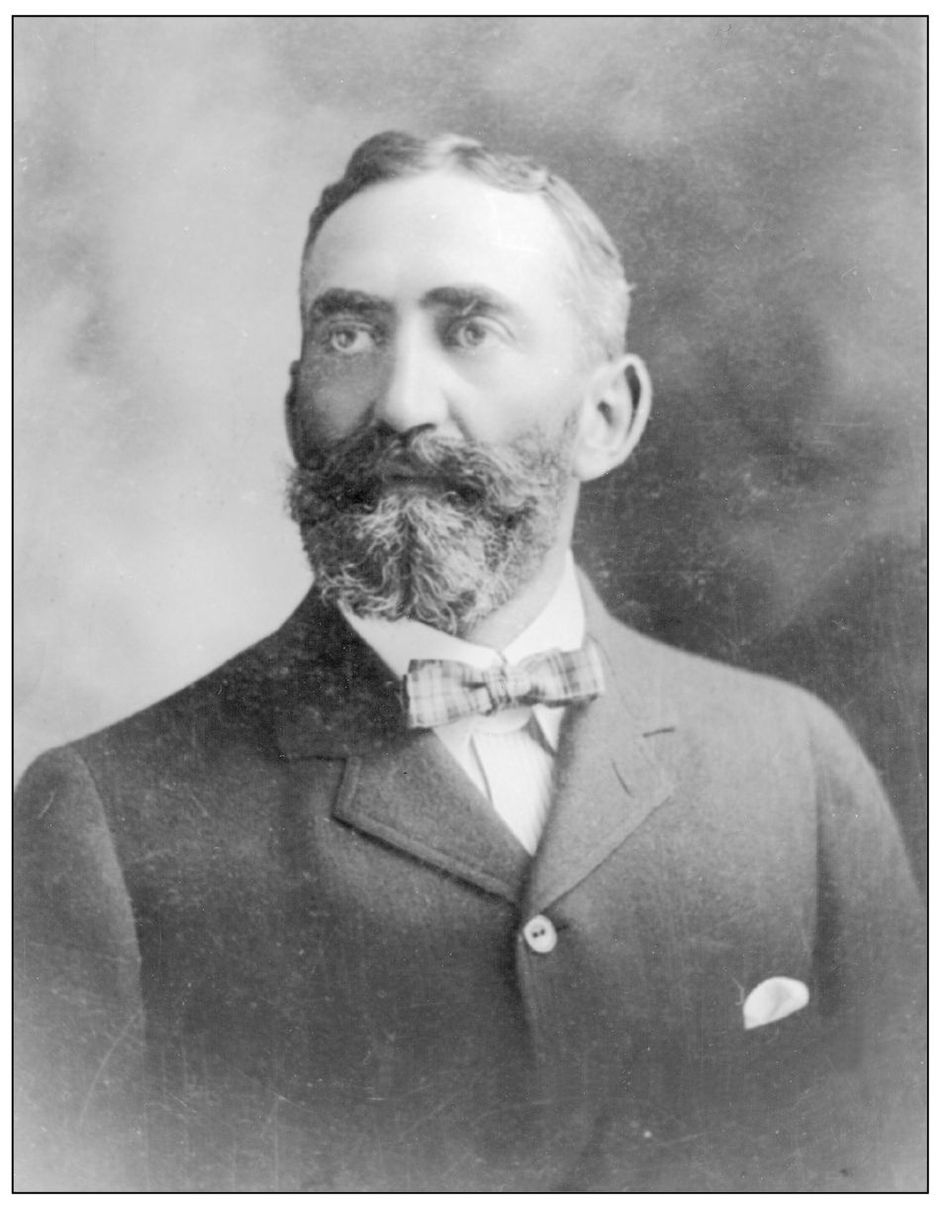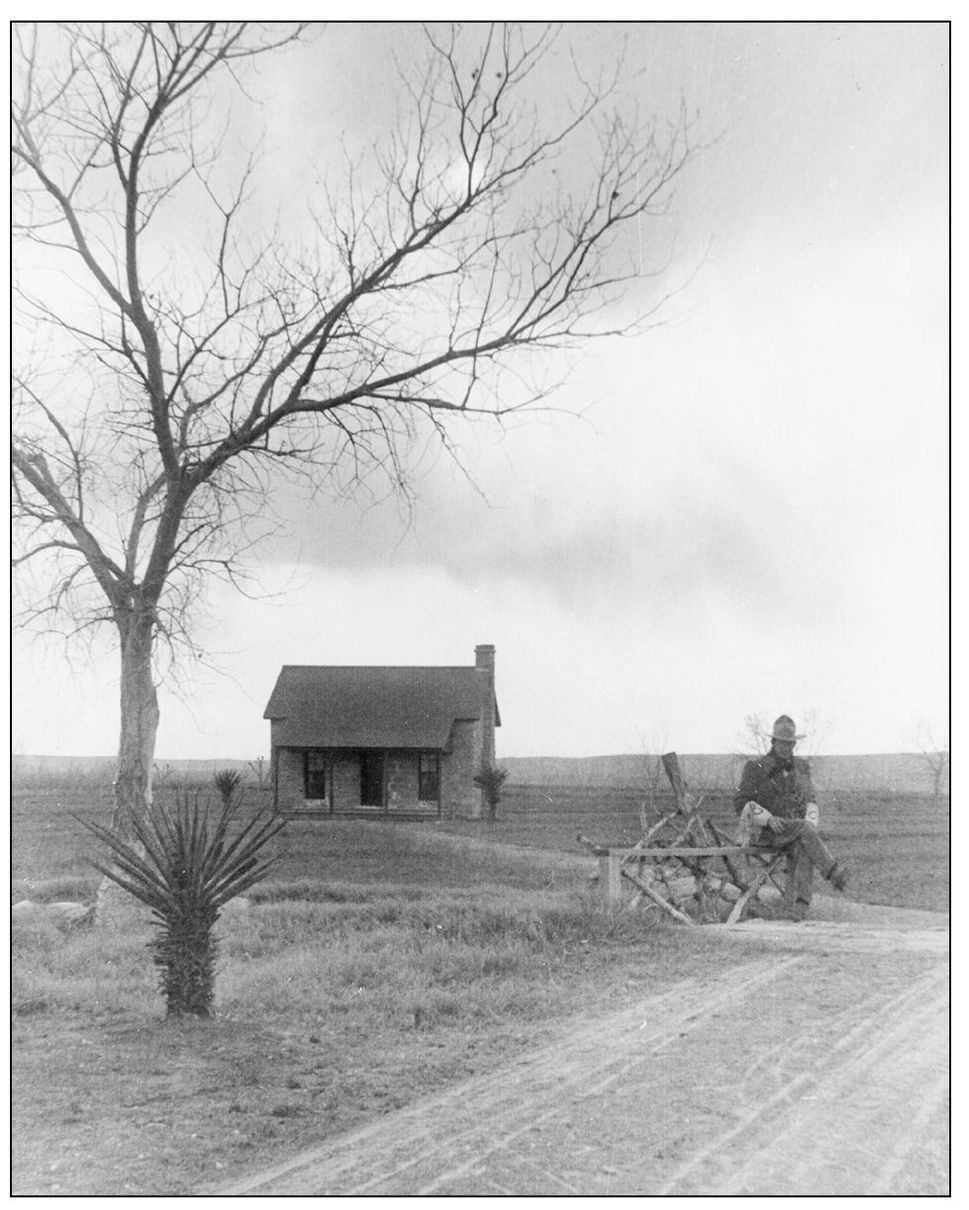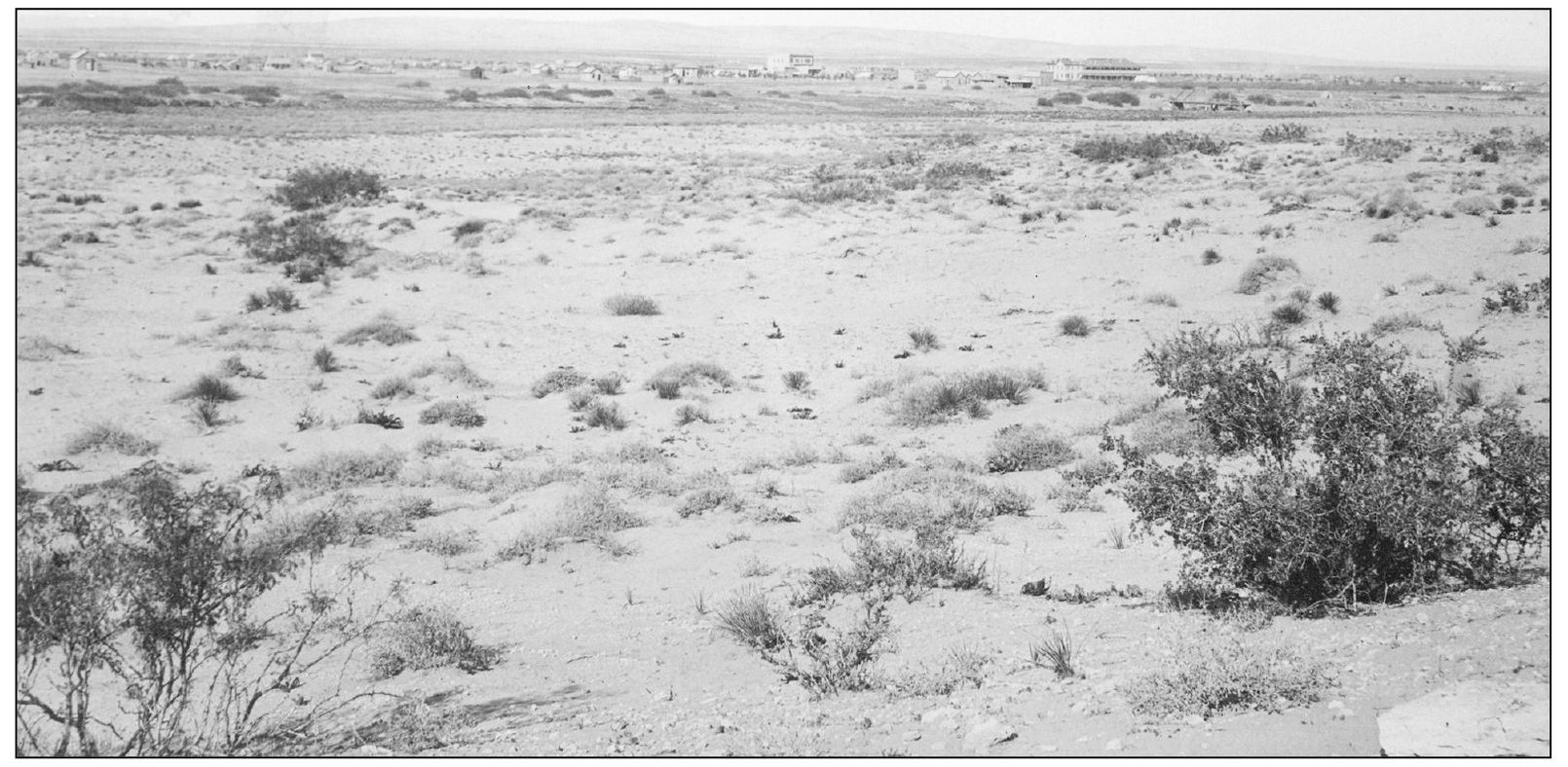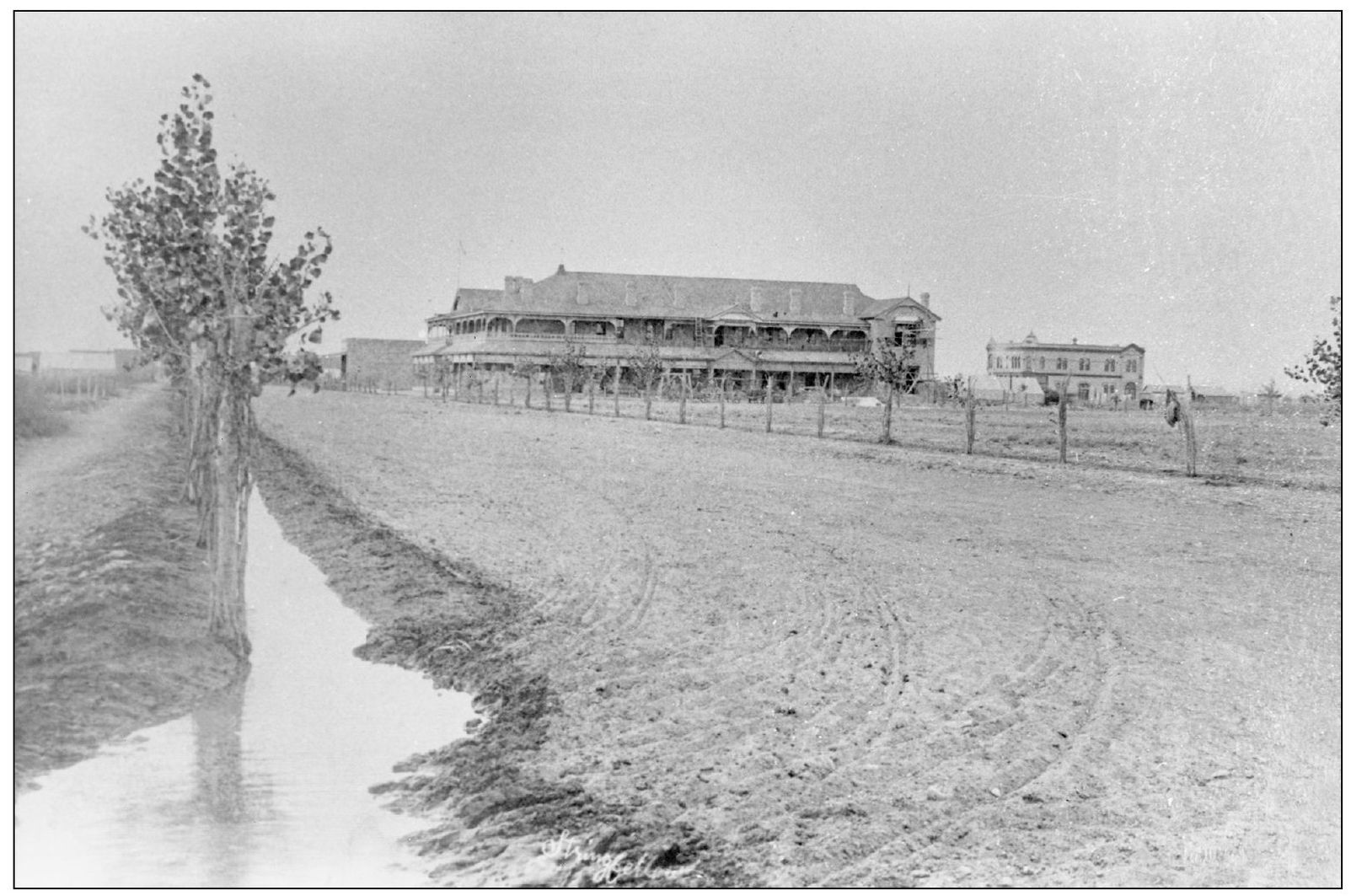ACKNOWLEDGMENTS
A huge thank-you for my dear friend and coworker Samantha Villa, without whom this book would not have been possible. When the email came asking for authors, you immediately thought of me, starting a process that has been the experience of a lifetime. Thanks Samyoure the best!
For their patience, guidance, and enthusiasm for this project, I would like to extend a big thank you to my editors, Jared Jackson and Hannah Carney. You guys are great!
Jed Howard, for your awe-inspiring historical expertise, as well as amassing the fabulous photograph collection housed at the Societys archives, I extend my deep appreciation. I truly could not have done it without you. Unless otherwise noted, all photographs included in this volume are from the Southeastern New Mexico Historical Society archive.
Harvey Hicks, who gave me his personal blessing for this project.
Valerie Cranston, thanks for always being there.
Julie Pearson and Misty Gonzales, good friends and coworkers, your support kept me sane.
Amie McNeal, Estella Morales, Jeana Lassiter, and James Lucasthanks for everything.
James Owens, fellow historian, although he would argue the point, thanks for keeping me on my toes and for the constant encouragement.
John LeMay, author of Roswell and Chaves County, for giving me the scoop on how this all works. Thanks for everything.
A special thanks to a dear cheerleader who has been in my corner and a rousing supporterthank you for having my back and being so excited for me. It means the world to me.
Thanks to the rest of the hardworking staff of the Carlsbad Public Library: Cassandra Arnold, Sybil Walterscheid, Beth Nieman, Joe Rodriguez, Jane Bujac, Jeanette Bowers, Margie Mansfield, Dianne Howerton, Michelle Rodriguez, Laura Hughes, and Lanny Barnett.
Most importantly, to my sons, Michael and Justin Birchell, who have always shown unyielding support and love for their mother. You mean everything to me and I love you both with all my heart.
It is my intention to provide the most accurate and factual information possible; any errors are completely my responsibility and unintended.
BIBLIOGRAPHY
Bogener, Stephen. Ditches Across the Desert: Irrigation in the Lower Pecos Valley. Lubbock, TX: Texas Tech University Press, 2003.
Burns, Terry. History of the Carlsbad Chamber of Commerce, 18911991. Carlsbad, NM: Carlsbad Chamber of Commerce, 1992.
Eddy County, New Mexico to 1981. Carlsbad, NM: Southeastern New Mexico Historical Society, 1982.
Howard, Jed. Phenix and the Wolf: The Saloon Battles of Eddy and the David Kemp Saga, A Summary of the Contemporary Newspaper Accounts. Carlsbad, NM: Southeastern New Mexico Historical Society, 1999.
Hufstetler, Mark and Lon Johnson. Watering the Land: The Turbulent History of the Carlsbad Irrigation District . Denver, CO: National Park Service, Rocky Mountain Region, Division of National Preservation Programs, 1993.
Myers, Lee C. The Pearl of the Pecos: The Story of the Establishment of Eddy, New Mexico, and Irrigation on the Lower Pecos River of New Mexico, Complied from Eddy Newspapers between October 12, 1889, and October 23, 1897. Carlsbad, NM: Southeastern New Mexico Historical Society, 1999.
Pageant of Progress . Historical souvenir program. Carlsbad, NM: Carlsbad Diamond Jubilee, 1963.
Ryan, Flora. History of Carlsbad, New Mexico: Complied by the Carlsbad Public Library for the Students of the Carlsbad Public Schools. Carlsbad, NM: Carlsbad Public Library, 1947.
Find more books like this at
www.imagesofamerica.com
Search for your hometown history, your old
stomping grounds, and even your favorite sports team.
One
OASIS ON THE PECOS
From one of the largest promotional schemes of its time, Eddy, New Mexico, was born. Charles Bishop Eddy, a charismatic visionary and cattle rancher, saw maximum potential in the acreage nestled along the sandy shores of the Pecos River. He established his ranch, which he named Halagueno, in the area around 1881 as headquarters for the Eddy-Bissell Cattle Company, on land that was still part of the famed Jingle-Bob ranch of John S. Chisum.
The stone structure that the Eddys built in 1886 just north of todays Carlsbad was the only house for 70 miles north and 100 miles south, spanning from Roswell down to the Texas border. Eddy partnered with Patrick F. Garrett (who put Billy the Kids outlaw career to a halt), Charles W. Greene (a St. Louis newspaperman), Robert W. Tansill (Chicago cigar manufacturer), and James J. Hagerman (empire builder/railroader) to embark on the enthusiastic advertisement of the Pecos River Valley.
Water being the key to survival for a community, Eddy was touted to have the worlds largest irrigation system and an inexhaustible supply of water. Brochures singing its praises were translated into French, German, and Italian. The Swiss proved to be primary investors with the English and French following close behind. Swiss and Italian farmers flocked to the area with dreams of finding the land of milk and honey.
As the investors liked what they saw, Eddy asked B. A. Nymeyer, a local surveyor, to plat out the town. All streets lined up on the points of the compass, and lots sold for $50 apiece. On September 15, 1888, Eddy was christened with the crack of a champagne bottle by Lillian Greene, daughter of Charles Greene. Ironically, a deed clause was written into every lot sold stating the purchaser could not manufacture or sell alcohol on the premises without the forfeiture of said property. The clause was so strictly enforced that the citizens of Eddy were forced to conjure up ailments to be provided with medical libations.
Charles Bishop Eddy was a confirmed bachelor and pitchman extraordinaire who came to the Pecos Valley from Milford, New York with his brother, John Arthur, to widen their operation in a more cattle-friendly area. Charles, shown in 1890, could be seen touring his town in a buggy hitched to a pair of matching black horses.
The Eddy House is seen in this 1907 photograph with attorney Etienne P. Bujac in the foreground. In 1991, the Southeastern New Mexico Historical Society moved the rock house from its original location in La Huerta to Heritage Park beside the flume. Each cornerstone was numbered for reconstruction at its new site.
The desolation of the area was well known to the cowboys who worked this land they called Rattlesnake Flats, due to the high number of snakes living there. Cowboys had to be watchful not only for the snakes, but also the holes in which they lived, which could ruin a good horse that stepped into one.

